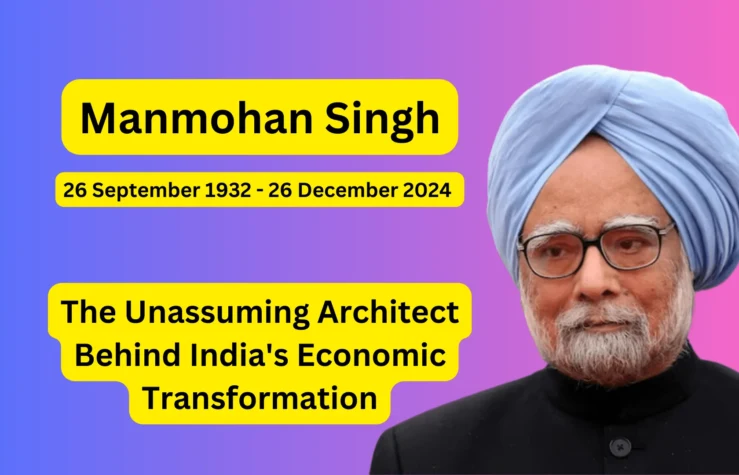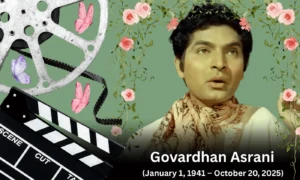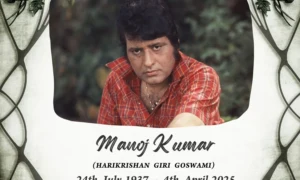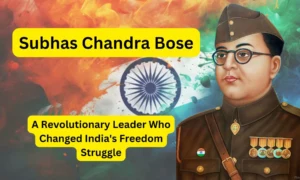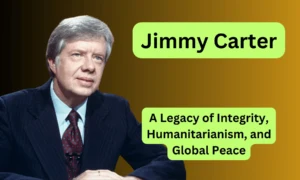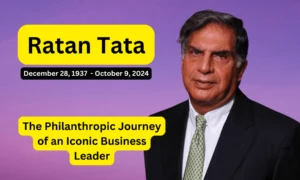Introduction
Manmohan Singh: A Pillar of India’s Economic Transformation
Dr. Manmohan Singh, who passed away on December 26, 2024, at the age of 92, was a pivotal figure in shaping modern India’s economic landscape. Often regarded as the “father of economic reforms,” Manmohan Singh’s contributions to Indian politics and economics have left an indelible mark on the nation. His tenure as Finance Minister from 1991 to 1996 was particularly transformative, as he spearheaded a series of liberalization policies that rescued India from a severe economic crisis and set the stage for unprecedented growth. Under his stewardship, India transitioned from a largely closed economy to one that embraced globalization, spurring industrial growth, lifting millions out of poverty, and significantly expanding the middle class.
A Legacy of Integrity and Vision
Manmohan Singh’s approach was characterized by a blend of intellectual rigor and humility, earning him respect across political lines. His policies not only stabilized the economy but also encouraged entrepreneurship and innovation, leading to a vibrant economic environment that has continued to evolve long after his departure from office as Prime Minister in 2014. The impact of his passing is profound; it marks the end of an era in Indian public life where his vision and leadership were instrumental in navigating complex economic challenges.
Reflection on His Impact
As India reflects on his life and contributions, leaders across the political spectrum have expressed their condolences, acknowledging his legacy of integrity and dedication to the nation’s welfare. Manmohan Singh’s role as a quiet architect of the country’s growth story will be celebrated and remembered for generations to come.
Early Life and Education
Birth and Background in Punjab
Dr. Manmohan Singh was born on September 26, 1932, in the village of Gah, located in the Punjab province of undivided India, which is now part of Pakistan. His early life was profoundly shaped by the tumultuous events surrounding the Partition of India in 1947. As his family migrated to India during this period of upheaval, they settled in Haldwani and later moved to Amritsar. Growing up in a Sikh family, Manmohan Singh experienced both the challenges and resilience that characterized the lives of many displaced families during this time. The values of communal harmony and perseverance instilled in him during these formative years would later influence his public life and policies.
Academic Achievements
Manmohan Singh’s academic journey began at Panjab University, where he excelled in his studies. He completed his Matriculation examinations in 1948, showcasing his early promise. His pursuit of higher education took him to the United Kingdom, where he attended the prestigious University of Cambridge. There, he earned a First Class Honours degree in Economics in 1957, solidifying his reputation as a brilliant scholar. Following this achievement, Manmohan Singh pursued further studies at Nuffield College, Oxford, where he obtained a D.Phil. in Economics in 1962. His doctoral thesis contributed significantly to economic discourse, particularly through his critique of India’s inward-oriented trade policies.
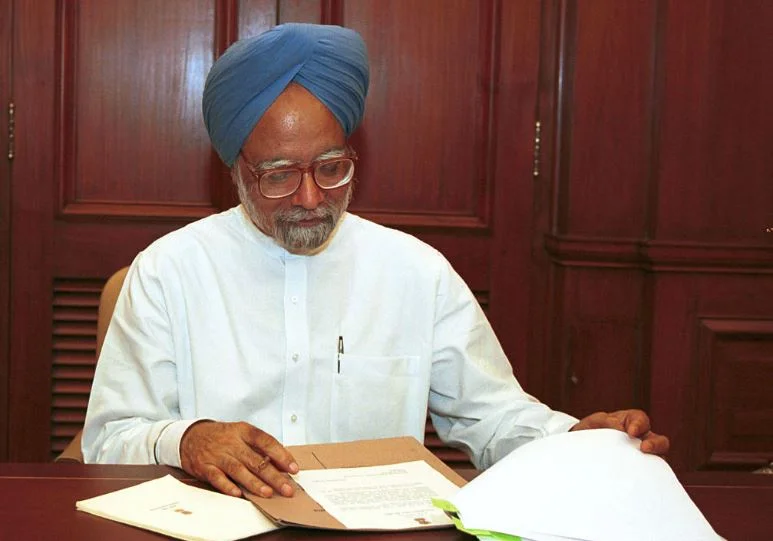
Early Career in Academia and Government Service
Dr. Manmohan Singh’s professional career commenced in academia, where he taught at Panjab University and the Delhi School of Economics. His tenure as an educator was marked by a commitment to fostering critical thinking among students and contributing to the field of economics through research and publications. Singh joined the government in 1971, working in the Ministry of Commerce as an Economic Advisor. This role marked the beginning of a distinguished bureaucratic career that would see him ascend to key positions within the Indian government.
By 1972, he became the Chief Economic Advisor in the Ministry of Finance, where he played a crucial role in shaping economic policy during a period marked by significant challenges. His expertise was further recognized when he served as the Governor of the Reserve Bank of India from 1982 to 1985. Throughout these years, Manmohan Singh’s academic background and practical experience laid the groundwork for his future contributions as a leading architect of India’s economic reforms.
Rise in Government Service
Initial Roles as Economic Advisor and Chief Economic Advisor
Dr. Manmohan Singh’s ascent in government service began in 1971 when he joined the Government of India as an Economic Advisor in the Ministry of Commerce. This role marked the start of his significant contributions to India’s economic policy formulation. Within a year, in 1972, he was appointed Chief Economic Advisor in the Ministry of Finance, where he played a critical role in shaping fiscal policies during a time of economic challenges. His analytical skills and deep understanding of economic principles allowed him to influence key decisions that would later lay the groundwork for India’s economic reforms.
Key Positions Held
Throughout his career, Manmohan Singh held several prestigious positions that underscored his expertise and leadership in economic matters. He served as Secretary in the Ministry of Finance, where he was instrumental in managing the country’s financial policies. His tenure as the Governor of the Reserve Bank of India (RBI) from 1982 to 1985 was particularly noteworthy; he focused on monetary stability and banking reforms, which were crucial for fostering a stable economic environment.
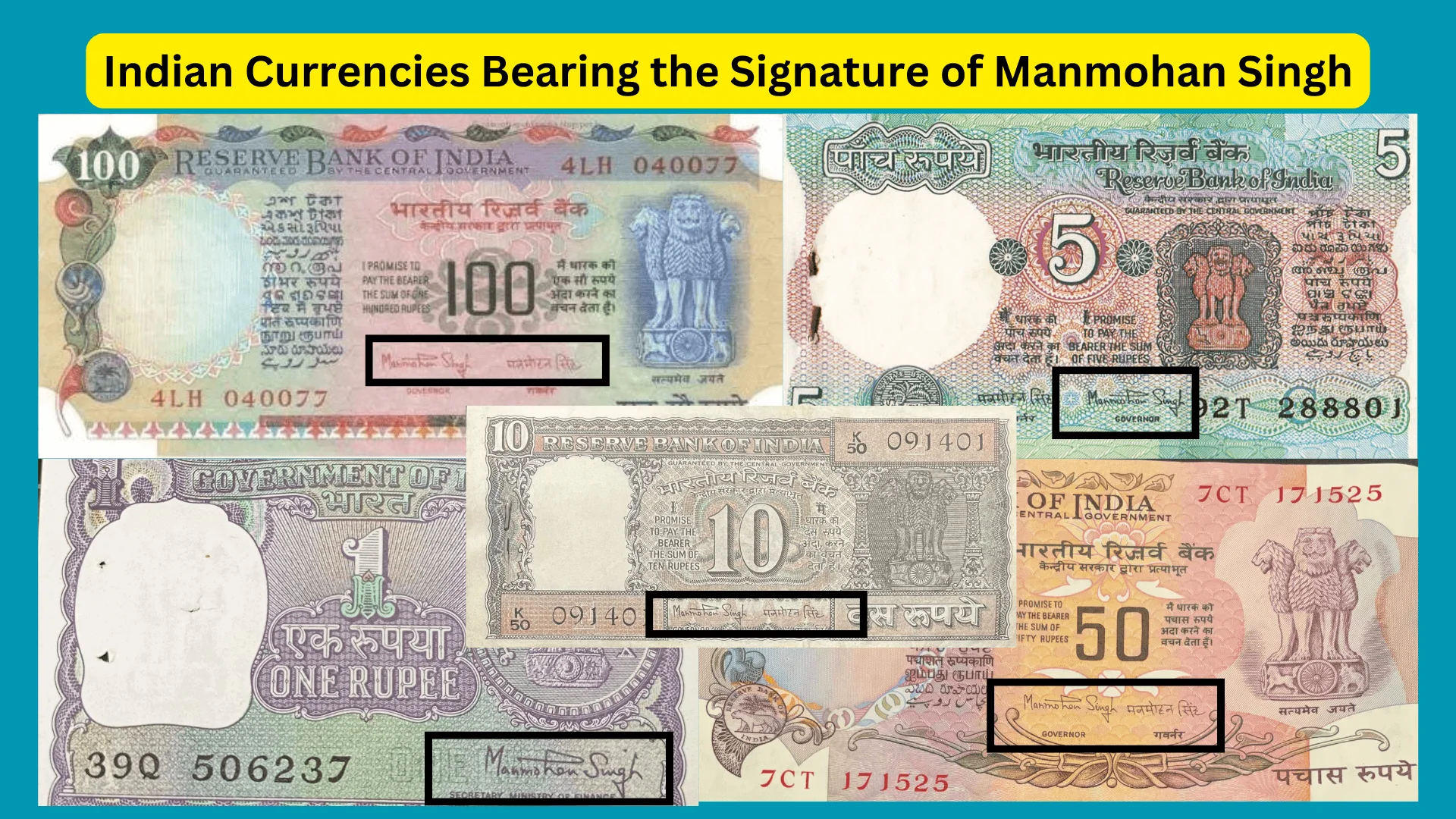
In addition to these roles, Manmohan Singh also served as Deputy Chairman of the Planning Commission from 1985 to 1987, where he guided India’s long-term economic planning and development strategies. His experience at the Planning Commission further solidified his reputation as a key architect of India’s economic framework.
Transition to Political Roles and Influence in Economic Policy
Dr. Manmohan Singh’s transition to political roles was marked by his appointment as Finance Minister in 1991 under Prime Minister P.V. Narasimha Rao during a critical balance-of-payments crisis. This position was pivotal; Singh implemented sweeping economic reforms that liberalized the Indian economy, moving it away from decades of protectionist policies. His decisive actions included dismantling the License Raj, reducing import tariffs, and encouraging foreign direct investment (FDI).
These reforms not only stabilized the economy but also positioned India on a path toward rapid growth and integration into the global market.
His ability to navigate complex political landscapes while advocating for necessary economic changes showcased his unique blend of technocratic expertise and political acumen. Manmohan Singh’s influence extended beyond his official titles; he became a respected figure both domestically and internationally, recognized for his vision of transforming India into a major economic power.
Dr. Manmohan Singh’s rise in government service was characterized by a series of strategic roles that allowed him to shape India’s economic policies profoundly. His journey from an Economic Advisor to key leadership positions culminated in transformative reforms that have had lasting impacts on India’s economy and its position on the global stage.
Economic Liberalization in 1991
Context of the Economic Crisis Faced by India
In 1991, India found itself at a critical juncture, grappling with one of its most severe economic crises. The roots of this crisis can be traced back to a combination of factors that had accumulated over the preceding years. By the late 1980s, the country was facing significant macroeconomic imbalances characterized by high fiscal deficits and a burgeoning current account deficit. The fiscal deficit had soared to over 9% of GDP, while the foreign exchange reserves dwindled to alarming levels, providing only enough coverage for imports for a mere three weeks.
The situation was exacerbated by external shocks, particularly the Gulf War, which led to a spike in oil prices and further strained India’s fragile economy. By June 1991, India’s foreign exchange reserves had plummeted to less than $1 billion, making it increasingly difficult for the nation to meet its international debt obligations. Investor confidence had eroded significantly, leading to capital flight and a precarious balance of payments situation. The government was on the brink of defaulting on its loans, necessitating urgent and comprehensive reforms.
Manmohan Singh’s Appointment as Finance Minister
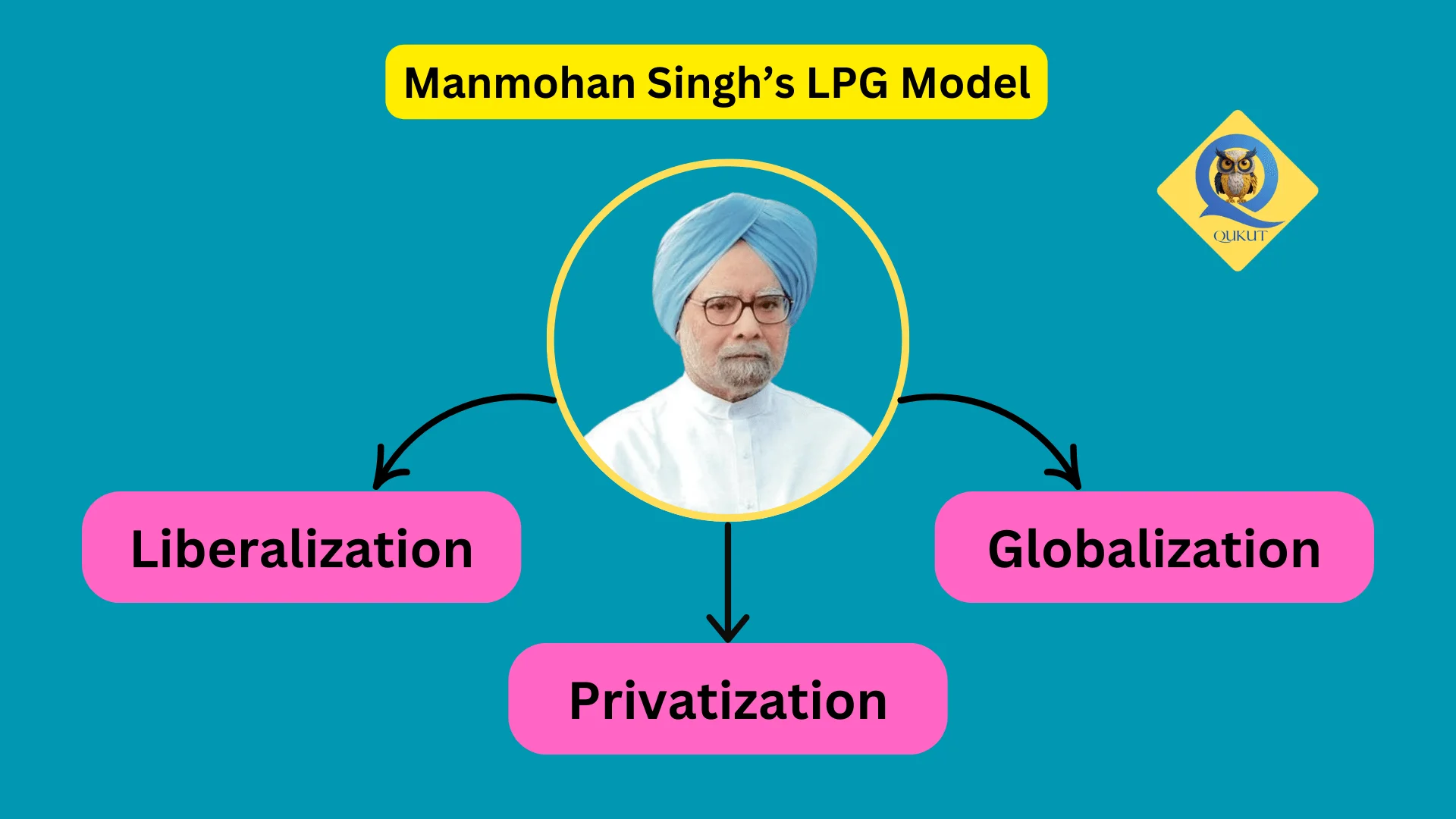
Recognizing the urgency of the situation, Prime Minister P.V. Narasimha Rao appointed Dr. Manmohan Singh as Finance Minister in June 1991. Manmohan Singh was tasked with implementing a series of bold reforms aimed at stabilizing the economy and restoring investor confidence. He introduced what became known as the “LPG” reforms—Liberalization, Privatization, and Globalization—which were designed to fundamentally transform India’s economic landscape.
Deregulation of the Economy
One of Manmohan Singh’s first major actions was to dismantle the “License Raj,” a complex system that required businesses to obtain numerous permits and licenses before operating. This deregulation aimed to foster an environment conducive to entrepreneurship and innovation, allowing industries to operate more freely and efficiently. By abolishing industrial licensing for most sectors, Singh aimed to stimulate domestic production and attract foreign investment.
Currency Devaluation, Lowering Import Tariffs, and Privatization
In addition to deregulation, Manmohan Singh implemented significant monetary measures. On July 1, 1991, he devalued the Indian rupee by approximately 20%, making Indian exports more competitive in international markets while also addressing the balance of payments crisis. This devaluation was coupled with a reduction in import tariffs, which were lowered substantially to encourage imports necessary for industrial growth. Manmohan Singh also initiated privatization efforts by allowing greater private sector participation in industries previously dominated by state-owned enterprises. Public sector companies were granted more operational autonomy, enabling them to respond more effectively to market demands.
Impact of These Reforms on India’s Economic Landscape
The reforms initiated by Dr. Manmohan Singh had profound and lasting impacts on India’s economy. The immediate effect was stabilization; inflation rates began to decline, and foreign investment surged as confidence returned among domestic and international investors. Over time, these measures helped catalyze a period of robust economic growth that transformed India into one of the world’s fastest-growing economies.
The liberalization policies not only enhanced India’s integration into the global economy but also spurred significant advancements in technology and infrastructure development. The middle class expanded rapidly as new job opportunities emerged across various sectors, leading to improved living standards for millions.
The economic liberalization of 1991 under Dr. Manmohan Singh’s leadership marked a watershed moment in India’s history. His decisive actions not only salvaged an economy on the brink of collapse but also set it on a path toward sustained growth and development that continues to shape India’s economic narrative today.
Tenure as Prime Minister (2004-2014)
Overview of His Election as Prime Minister
Dr. Manmohan Singh was sworn in as India’s 14th Prime Minister on May 22, 2004, following a surprising electoral victory for the Indian National Congress party, which he led as part of the United Progressive Alliance (UPA). This coalition was formed after the Congress party, under the leadership of Sonia Gandhi, secured a significant number of seats in the Lok Sabha, despite widespread expectations that the incumbent National Democratic Alliance (NDA), led by Atal Bihari Vajpayee, would win re-election.
In a surprising turn of events, Sonia Gandhi chose to step aside for Manmohan Singh, citing his integrity and technocratic background as reasons for her decision. This move was seen as a strategic choice to unify various factions within the coalition and present a stable government to the electorate.
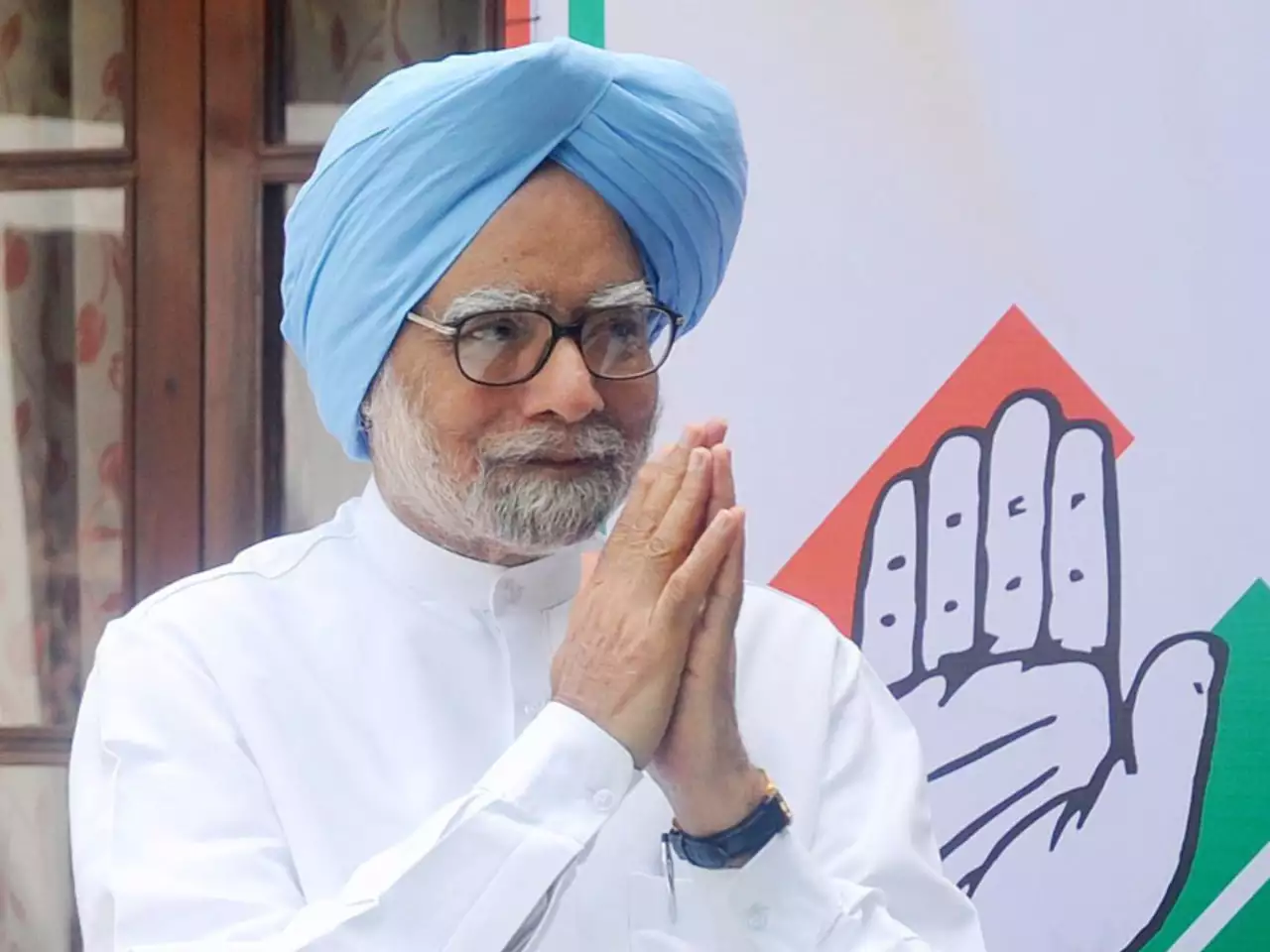
Key Policies Implemented During His Tenure
Continued Economic Reforms and Growth Initiatives
Manmohan Singh’s tenure as Prime Minister was marked by a commitment to continuing the economic reforms initiated in the early 1990s. His administration focused on attracting foreign investment, enhancing infrastructure, and fostering a business-friendly environment. The government implemented several initiatives aimed at boosting economic growth, including measures to streamline regulations and enhance ease of doing business. As a result, India experienced robust GDP growth rates averaging around 8% during his first term, positioning it as one of the fastest-growing economies globally.
Introduction of the National Employment Guarantee Act (MGNREGA)
One of Manmohan Singh’s landmark achievements was the introduction of the Mahatma Gandhi National Rural Employment Guarantee Act (MGNREGA) in 2005. This program aimed to provide at least 100 days of guaranteed wage employment in a financial year to every rural household whose adult members volunteered to do unskilled manual work. MGNREGA represented a significant shift towards social welfare and poverty alleviation, ensuring that rural populations had access to employment opportunities while also contributing to rural infrastructure development. The act not only empowered marginalized communities but also played a crucial role in enhancing rural livelihoods.
Focus on Poverty Alleviation and Social Welfare Programs
In addition to MGNREGA, Manmohan Singh’s government prioritized various social welfare initiatives aimed at poverty alleviation. Programs such as the National Rural Health Mission and the Right to Education were launched to improve access to healthcare and education for underprivileged sections of society. These initiatives reflected Singh’s commitment to inclusive growth and aimed at bridging socio-economic disparities across different regions of India.
Achievements in Economic Growth Rates During His Administration
Under Manmohan Singh’s leadership, India witnessed remarkable economic growth that significantly transformed its global standing. The country emerged from the shadows of economic stagnation into an era characterized by vibrant growth and increased foreign investment. The government’s focus on liberalization policies attracted substantial foreign direct investment (FDI), which further fueled industrial expansion and job creation.
Despite facing challenges such as global economic downturns, particularly during the 2008 financial crisis, Manmohan Singh’s administration managed to navigate these turbulent waters effectively. His prudent economic management helped insulate India from some of the worst impacts of the crisis, maintaining growth momentum while implementing fiscal stimulus measures.
Dr. Manmohan Singh’s tenure as Prime Minister from 2004 to 2014 was marked by significant achievements in economic growth and social welfare. His leadership not only continued the trajectory set by earlier reforms but also introduced transformative policies that addressed pressing issues such as employment and poverty alleviation. As India reflects on this period, Manmohan Singh’s contributions remain integral to understanding the nation’s evolution into a dynamic global player.
Leadership Style and Legacy
Description of Singh’s Leadership Style
Dr. Manmohan Singh’s leadership style is often characterized as technocratic, soft-spoken, and integrity-driven. As a technocrat, he brought a wealth of economic knowledge and analytical prowess to his role as Prime Minister. His approach was rooted in data-driven decision-making, which allowed him to navigate complex economic challenges with a level of expertise that few politicians could match. Manmohan Singhs calm demeanor and reserved nature made him a unique figure in Indian politics, where assertiveness and charisma are often prized. He preferred to lead through consensus and quiet persuasion rather than through confrontation, earning him the respect of colleagues and opponents alike.
His integrity was another cornerstone of his leadership. Known as “Mr. Clean,” he maintained a reputation for honesty and transparency in a political landscape often marred by corruption scandals. His commitment to ethical governance resonated with many citizens who were disillusioned by the rampant corruption in the political system. This integrity, combined with his technocratic background, positioned Manmohan Singh as a leader who prioritized the nation’s long-term economic health over short-term political gains.
Comparison with Previous Leaders
When compared to his predecessors, his leadership style stood out for its emphasis on technocratic governance rather than populist rhetoric. Unlike leaders who relied heavily on charismatic appeal or aggressive political maneuvering, Singh’s approach was methodical and grounded in economic theory. His tenure marked a shift from the more combative styles of leaders like Atal Bihari Vajpayee and Rajiv Gandhi, who often engaged in high-profile public debates and political theatrics.
His unique position as a technocrat in politics allowed him to bridge the gap between economic policy and political reality. His background as an economist provided him with insights that were crucial for implementing reforms that would otherwise face resistance from traditional political factions. This ability to translate complex economic ideas into actionable policies distinguished him from many of his contemporaries.
Recognition by Peers and International Bodies
Dr. Manmohan Singh’s contributions to India’s economy have been recognized both domestically and internationally. His role in liberalizing the Indian economy in the early 1990s set the stage for decades of growth, earning him accolades from economists and political leaders around the world. International bodies such as the International Monetary Fund (IMF) and the World Bank acknowledged his efforts to stabilize and grow India’s economy during challenging times.
Peers within India also recognized Manmohan Singh’s impact on economic policy. His tenure saw significant advancements in infrastructure development, social welfare programs, and poverty alleviation initiatives, which garnered praise from various sectors of society. Despite facing criticism during his later years due to rising inflation and corruption scandals within his government, many respected his ability to maintain stability during turbulent times.
Dr. Manmohan Singh’s leadership style was defined by his technocratic expertise, soft-spoken demeanor, and unwavering integrity. His legacy as a leader who prioritized economic reform and ethical governance continues to influence India’s political landscape today. As India mourns his passing, it reflects on a leader whose vision helped shape the country’s modern economic identity while emphasizing the importance of integrity in public service.
Challenges Faced
Discussion of Controversies During His Tenure
Dr. Manmohan Singh’s tenure as Prime Minister was marked by significant achievements but also overshadowed by a series of controversies that raised questions about his leadership and the integrity of his administration. One of the most prominent issues was the coal block allocation scandal, commonly referred to as “Coalgate.” This controversy erupted when it was revealed that the government had allocated coal mining licenses to private companies without a transparent bidding process, leading to allegations of favoritism and corruption. The Comptroller and Auditor General (CAG) of India estimated that this misallocation resulted in a staggering loss to the exchequer, further fueling public outrage.
The opposition, particularly the Bharatiya Janata Party (BJP), seized upon these scandals to portray Singh as a “weak Prime Minister” who failed to exercise control over his ministers. Critics argued that he turned a blind eye to corruption within his cabinet, undermining his reputation as a leader of integrity. This narrative was exacerbated by other high-profile scandals during his second term, including the 2G spectrum allocation case and irregularities surrounding the Commonwealth Games. Although Singh maintained his personal integrity throughout these controversies, the perception of a government mired in corruption significantly impacted public trust and ultimately contributed to the Congress party’s defeat in the 2014 general elections.
The Political Landscape During His Time as Prime Minister
The political landscape during Manmohan Singh’s premiership was complex and often contentious. Leading a coalition government under the United Progressive Alliance (UPA), he had to navigate diverse political interests and maintain stability among various coalition partners. This balancing act became increasingly challenging as opposition parties intensified their criticism, particularly following allegations of corruption.
Singh’s relationship with Congress party president Sonia Gandhi was pivotal; however, it also led to perceptions of dual power centers within the government. While Singh focused on technocratic governance, Gandhi’s influence in party politics created tensions regarding authority and decision-making. This dynamic often left Singh vulnerable to accusations of being a “remote-controlled” Prime Minister, which further eroded confidence in his leadership.
In addition to internal party challenges, Singh faced significant opposition from the BJP, which capitalized on public discontent over corruption scandals. The BJP’s aggressive campaigning painted Singh as ineffective and out of touch with the electorate’s concerns. As a result, Singh had to defend his government’s record vigorously while attempting to implement critical reforms amid growing dissent.
Conclusion
Dr. Manmohan Singh’s legacy is one of profound complexity, characterized by both remarkable achievements and significant challenges. As a quiet yet powerful architect of India’s growth story, he played an instrumental role in liberalizing the economy and implementing policies that fostered substantial economic growth during his tenure. His commitment to ethical governance and social welfare initiatives like MGNREGA demonstrated his dedication to addressing poverty and inequality.
Despite facing formidable challenges, including corruption allegations and political opposition, Singh’s policies laid a foundation for India’s current economic status as one of the world’s largest economies. His tenure saw average GDP growth rates around 8%, which positioned India favorably on the global stage.
In reflecting on how he will be remembered in Indian history, it is clear that Dr. Manmohan Singh will be viewed as a leader who navigated turbulent waters with dignity and integrity. While controversies may cloud aspects of his legacy, his contributions to India’s economic transformation and commitment to ethical governance will endure as defining characteristics of his time in office. As India continues to evolve, Singh’s vision for an inclusive and prosperous nation remains relevant, ensuring that he will be remembered not only for his challenges but also for his lasting impact on the country’s trajectory.

